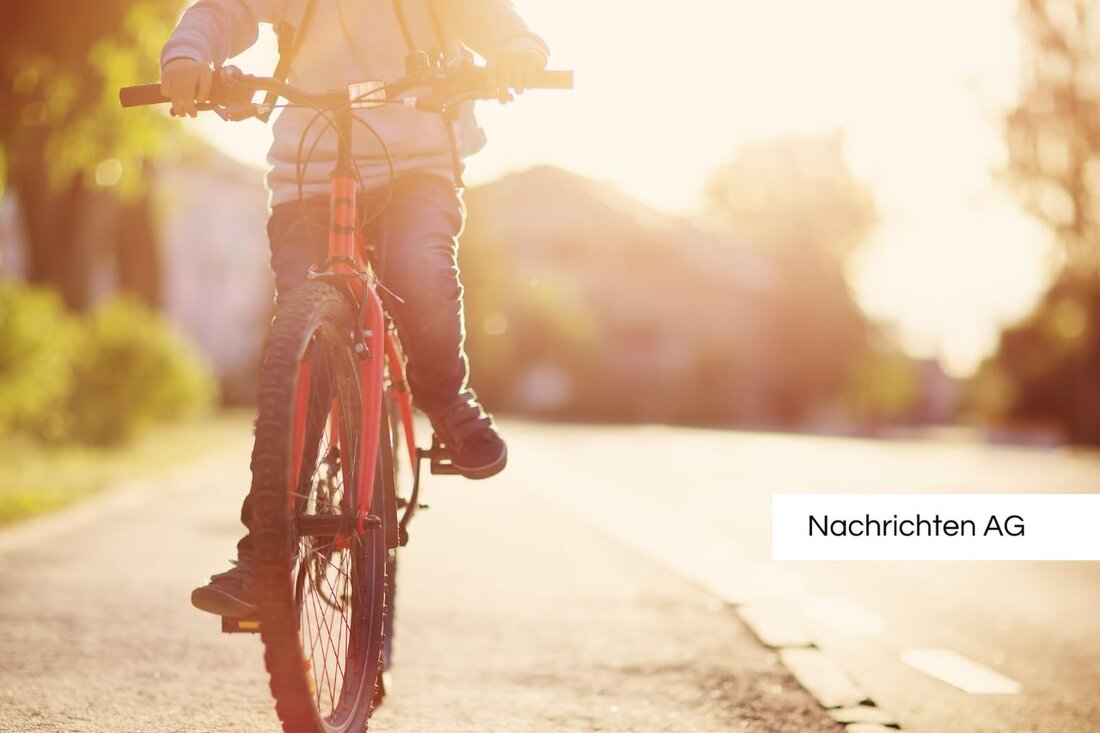Mobility transition in Lusatia: On-demand offers in focus!
Find out how the MoVeToLausitz research project at the BTU Cottbus is developing innovative on-demand mobility solutions for Lausitz.

Mobility transition in Lusatia: On-demand offers in focus!
On September 23, 2025, the Brandenburg Technical University of Cottbus-Senftenberg (BTU) published news about its research project MoVeToLausitz, which investigates solutions for mobility in Lusatia. A central concern of this study is the development of data-based mobility solutions in local public transport in order to promote both the everyday life of locals and tourism in the region.
A key challenge that the project uncovers is the mobility of tourists in Lusatia. Travel is primarily by car, while the use of trains and buses is severely restricted. This is shown by surveys in the cities of Burg (Spreewald) and Senftenberg (Lausitzer Seenland), where the majority of respondents stated that they use a bicycle locally. However, the “last mile” remains a problem as many tourists have difficulty reaching their accommodation without a car after arriving at the train station.
Need for flexible solutions
To counteract this dilemma, a need for flexible, needs-oriented solutions such as on-demand offers is identified. These offers can be booked flexibly and can be tailored specifically to the needs of the population. However, according to the research, only around 9% of the local population in the region use bus or train as their main mode of transport, highlighting the heavy reliance on private vehicles.
In addition, residents in Senftenberg expressed criticism of the long distances to stops and unattractive timetables. In the city of Burg, on the other hand, there was a somewhat more positive assessment of the existing mobility offering. Although there is general approval for on-demand services such as on-demand buses, the population's willingness to pay is limited. Factors such as price, booking time, trust, usual mobility patterns and integration into an overall system significantly influence the use of these offers.
On-demand mobility as a future model
On-demand transport, which is usually operated with cars or minibuses, offers the possibility of providing mobility offers to order. They aim to close gaps in local public transport, especially in sparsely populated areas and in off-peak services. Collection can take place based on timetables, stops or as a door-to-door service. Interestingly, this form of mobility shows enormous potential for strengthening rural regions, often functioning as a supplement to traditional public transport, as well as contributing to the sustainable development of remote areas where conventional means of transport are not profitable.
The modeling and analyzes of the MoVeToLausitz project show that with on-demand solutions it is possible to build trust in new forms of mobility and increase the attractiveness of travel destinations and rural regions. In addition, the project will benefit from feedback from communities to implement solutions to optimize mobility offerings and promote climate protection through the use of electric vehicles. The underlying business model has the potential to not only make alternative mobility offerings economically viable, but also to provide social benefits for seniors and people without their own vehicle.
Overall, the project uses the “Lausitz On-Demand” guide to show how practical applications of such offers can be promoted in the region. The successful implementation of on-demand transport could make a decisive contribution to the mobility transition in Lusatia. This not only has an impact on the quality of life of the locals, but also represents a perspective for climate-friendly and sustainable mobility for guests.

 Suche
Suche
 Mein Konto
Mein Konto